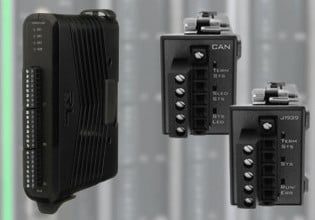C
Good morning all. I have spent a little time recently surveying programming tools for ladder logic. Most are very mature and loaded with features. To produce a comfortable environment for folks who have used these tools will be a non-trivial effort. I have thought a little bit on how one would craft such an animal. Fortunately, most gain very little from GUI's. With all the folks lurking, I wanted to see if anyone has done this before I get serious. I'm sure there are many opinions on how to do this and what is needed. I thought I'd get the ball rolling on the various questions. This is where we can get some applications coders on board. What would be easiest to do this in and most universal. I imagine these tools could run on a regular Linux box so the scripting languages are candidates for easy development and extension. TCL, Python, Java? I'd rather not get into the GUI wars and do GTK or K whatever and raw X would make user enhancement unlikely. It would even be possible, (and estremely lightweight) to do this in ncurses although those esthetics might be unacceptable to younger folks. A non-X implimentation is not out of the question. Adapting an existing OSS drawing tool should be very seriously considered, it's the OSS way to "stand on the shoulders of giants" and have something much faster. Output? Boolean, C, ST, compile to a "standard" IL and interpret for on line edits? What is our logic engine going to look like? I have been considering a node struct and linkage. Do we need linkage or can we depend on the ordered nature of left to right, top to bottom? Yes, some of these are rhetorical questions. Actually, I'm hoping we can draw on experience rather than completely reinventing a chariot wheel, as much fun as that might be. We need RLL to even begin to attract interest from the automation populace. I think the time has come where we can support a couple of development threads. Regards cww _______________________________________________ LinuxPLC mailing list [email protected] http://linuxplc.org/mailman/listinfo/linuxplc






